Science Illustrated delivers natural science, break through discoveries and an understanding of the world for the entire family. Packed with stunning photography and in-depth editorial it’s a visually spectacular gateway to the world looking into the beginning of life to distant objects in the universe.
SUBSCRIBE TO AUSTRALIAN SCIENCE ILLUSTRATED FOR YOUR CHANCE TO WIN!
Science Illustrated
Hubble huddle: thousands of galaxies in one cluster
Warm welcome: bees gang up on an uninvited guest
Enigmatic moon found in remote solar system • US astrophysicists think they have discovered a huge moon in a solar system far from ours. But the size and orbit of the moon bring into question previous theories regarding the origins of all moons and planets.
Mammoth family emerges from a quarry of treasures • Five remarkably well-preserved mammoths have been excavated near Neanderthal tools and several other animals in an English gravel quarry.
Super VTFET chip could improve your phone’s battery life by a week • IBM and Samsung have developed a new chip design that could reduce power consumption by up to 85% – and save Moore’s law from failing.
New aviation fuel made from air and sunlight • Scientists in Switzerland have managed to make fossil-free fuel from air.
Nasal vaccine against Alzheimer’s • There is no known cure for Alzheimer’s, but after 20 years of research, there may be a vaccine.
Robotic boat to cruise the canals of Amsterdam • Engineers have developed an autonomous boat which they will test among some of the world’s most difficult waters: the canals of Amsterdam.
New test reveals: ALL CATS ARE PSYCHOPATHS • Most people know that cats can be unpredictable. Now scientists have developed a test which is indicating that cats have psychopathic characteristics.
Microbots to go directly for the cancer tumour • Scientists aim to deliver chemotherapy into cancer cells by means of ‘4D-printed’ robots shaped like fish, crabs or butterflies.
Locating the placebo effect in the brain • Australian scientists have used ultrahigh resolution scans to reveal the location of the placebo effect in the brain stem.
Graphene could reduce noise from aeroplanes • A new ultralight insulation material could be used in planes to reduce noise from the engines by up to 80%.
First planet spotted in another galaxy? • By looking for minor variations in X-radiation from a remote stellar system, astronomers have tracked down what might be a Saturn-sized planet in a galaxy millions of light years from Earth.
Sperm cells change swimming patterns as they approach egg • Scientists hope that a new discovery can lead to improved fertility treatment.
Dingo DNA sequenced • International research led by La Trobe University has sequenced the pure Desert Dingo’s genome.
Smart sharks know when to rest and when to snack
Why are planets and stars always spherical? • In pictures of planets, stars and moons, they are almost always spherical – but why is that? Could one imagine a planet with a completely different shape?
Which mammal is the world's smallest? • Most people know that the blue whale is the world's biggest mammal, and the African elephant the biggest land mammal. But which mammal is the world's smallest?
How do plants sense things? • “I placed a Stephanotis floribunda near a window, and within two days it had found the string for the blinds and began winding around it. So how do plants sense their surroundings like this?”
Venus flytrap ‘remembers’ impressions • The Venus flytrap can feel when insects touch the sensory hairs on the inside of its leaves. But other things, such as raindrops, might also touch these hairs, so a special mechanism allows it to wait for further...

 Issue 111
Issue 111
 Issue 110
Issue 110
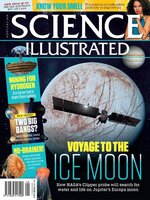 Issue 109
Issue 109
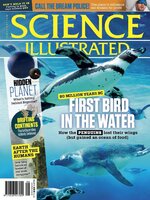 Issue 108
Issue 108
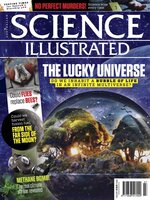 Issue 107
Issue 107
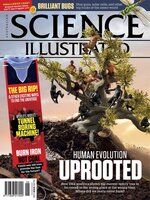 Issue 106
Issue 106
 Issue 105
Issue 105
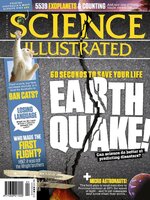 Issue 104
Issue 104
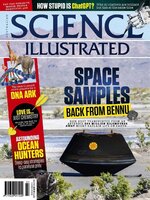 Issue 103
Issue 103
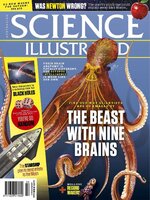 Issue 102
Issue 102
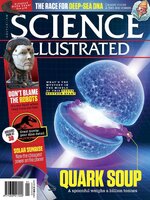 Issue 101
Issue 101
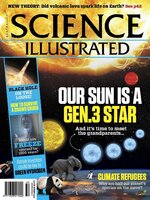 Issue 100
Issue 100
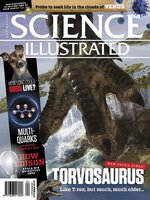 Issue 99
Issue 99
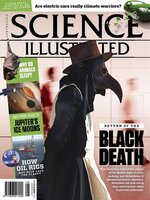 Issue 98
Issue 98
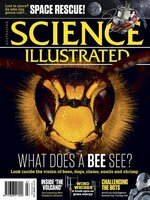 Issue 97
Issue 97
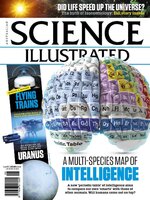 Issue 96
Issue 96
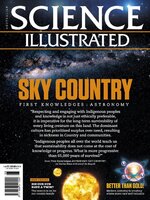 Issue 95
Issue 95
 Issue 94
Issue 94
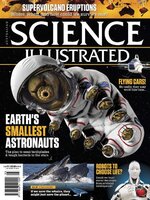 Issue 93
Issue 93
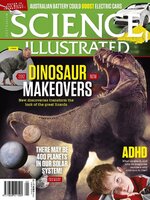 Issue 92
Issue 92
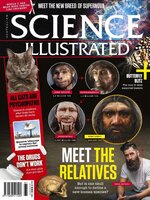 Issue 91
Issue 91
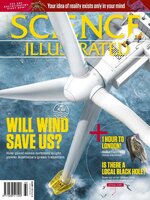 Issue 90
Issue 90
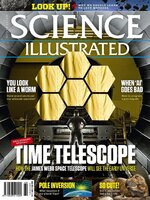 Issue 89
Issue 89
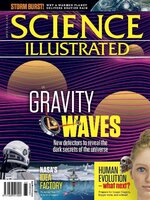 Issue 88
Issue 88
